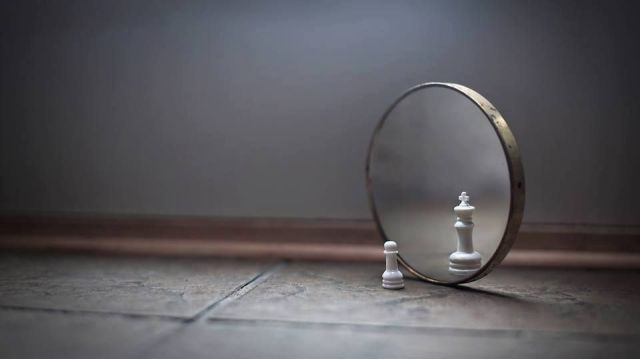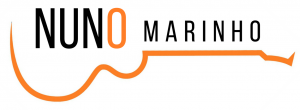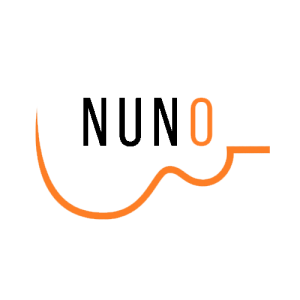
If you don’t follow a Master, become one.
Parents, teachers and mentors they all take care of us and it feels wonderful. But even under their wings there are times where you are left alone to be taken care by yourself.
Practicing an instrument, writing or any other art form requires a great amount of time alone. You can take homework, exercises and practice regimes from your tutors, but still, you’re on your own in the practice room.
Self-regulation is the process where you acquire practice and performance awareness. This is your self-monitoring and self-evaluation process. Now you’re in the driver’s seat on your way to become your own Master. Self-regulation is the cornerstone to Maximizing Performance.
A Self-regulated learner is able to maintain motivation concentration and effort during planning, executing and self-evaluating the learning process.
The musician’s practice regime is built upon the following:
1 – Motivation: What are your self-beliefs and long-term goals?
2 – Time: How many hours do you engage in a focused practice mode?
3 – Quality: What results have you achieved during the practice session and what goals are you pursuing?
4 – Social Influences: Where are you seeking help? Which teachers, books, etc.?
5 – Rest: Pauses, short breaks, long breaks, sleep, day off and vacation. Periodic rest increase efficiency. Relax, refresh, stretch and breathe.
6 – Procedures:
- The environment: Structure your space for focused practice sessions.
- Concentration: Practice meditation and visualization. It helps you to observe thoughts and emotions, therefore, you become more aware of your level of concentration (=focus and distractions).
- Setting short-term Goals and addressing difficulties.
- Planning: Identify and prioritize challenges to work on and prevent reinforcing bad habits.
- Self-Evaluation: Keep track of your progress. Be objective, non hypercritical and constructive.
7 – Practice Strategies (Methods):
- Slowing down
- The goal is to build accurate habits.
- Use the Metronome to keep a steady pulse and preserve rhythmic patterns.
- Add speed gradually until reaching a target tempo.
- Repetition
- Chaining: Identify chunks and progressively chain those bits of musical fragments together (Example: add the first note to the second, then add those two notes to a third, and so on). There are 2 kinds of Chaining:
- Forward Chunking – Chain several chunks together following the stream of the song.
- Backward Chunking – Chain several chunks together in reverse (for instance: from last bar to the top).
- Whole-Part-Whole: Work on a specific isolated chunk and re-contextualize it in the entire piece.
- Singing, Humming and Visualization: Mental practice (in between physical repetitions of a passage) also helps creating an accurate image of how the piece sounds.
Now it’s time to pave the way for greatness by Maximizing Performance.
For more on the subject check Indiana University Pete Miksza’s study on Self-Regulation: https://prezi.com/yowspr739y5l/miksza-rime-presentation-exeter-uk/?utm_campaign=share&utm_medium=copy


